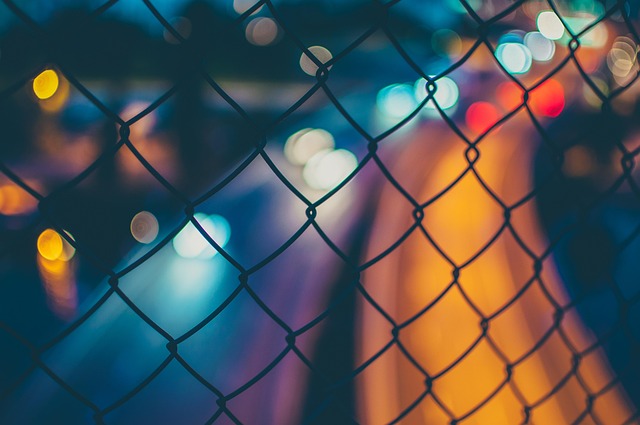In the ever-evolving landscape of television, visual effects have emerged as a magical force that transforms ordinary scenes into breathtaking spectacles. Over the decades, the journey of visual effects in TV shows has not only revolutionized storytelling but has also enchanted audiences around the globe, creating a sense of wonder and immersion that was once thought impossible.
Let’s take a stroll down memory lane. The early days of television presented a limited canvas, where creativity often battled with technological constraints. Shows like Star Trek” and “Doctor Who” took bold steps using practical effects and rudimentary models. Despite their simplicity, these techniques captured the imagination, laying the groundwork for the vibrant world of visual effects that we see today.
As technology evolved, so did the possibilities for visual storytelling. The introduction of computer-generated imagery (CGI) in the 1990s marked a significant turning point. Series like “Babylon 5” showcased groundbreaking computer graphics that opened the floodgates for more elaborate and captivating visual narratives. Audiences began to experience a new dimension of reality on their screens, as intricate worlds were built before their eyes, blurring the line between fiction and reality.
Today’s stunning monitors and advanced display technology have further propelled visual effects into the stratosphere. High-definition displays allow every fine detail and subtle nuance of CGI to shine, immersing viewers in mesmerizing landscapes and lifelike characters. With the rise of streaming platforms, the demand for premium visual content has never been higher, pushing studios to invest in top-notch visual effects to stand out in a crowded market.
The artistry of visual effects is not merely about creating dazzling spectacles; it’s about enhancing the narrative. Shows like “Game of Thrones” and “The Mandalorian” have utilized visual effects not just for impact but to deepen storytelling, making fantastical elements a seamless part of their narratives. The ability to create dragons, distant planets, and mythical creatures allows writers to unleash their imagination, giving audiences epic tales that resonate on a personal level.
Moreover, the advancements in virtual technology have birthed a new realm of possibilities for both creators and viewers alike. The use of augmented reality (AR) and virtual reality (VR) is beginning to reshape how audiences consume visual content. Imagine watching your favorite show and interacting with scenes in real time, all made possible by innovative visual effects and advanced technologies.
Despite the glamour associated with visual effects, the pursuit of perfection is often a labor-intensive endeavor. Behind every captivating scene lies a team of dedicated artists and technicians who meticulously craft every pixel. Their talent and passion breathe life into the raw ideas of writers and directors, transforming scripts into stunning visual narratives. This collaborative effort is what makes the heart of visual effects in TV shows truly magical.
The evolution of visual effects is a testament to human creativity and technological advancement. As we look to the future, we can only imagine the limitless possibilities that lie ahead. With each new innovation, we are granted access to even more immersive experiences, transporting us to places we’ve never dreamed of and telling stories that tug at our heartstrings.
As viewers, we are not just passive consumers of visually stunning content; we are participants in an artistic dialogue. Visual effects continue to evoke emotions, spark imaginations, and create connections. In the realm of television, mastering the magic of visual effects helps bring our dreams to life, unfolding narratives that resonate deeply within us. So, the next time you sit down to binge your favorite series, take a moment to appreciate the spectacular journey visual effects have taken to transform your screen into a portal of wonder and delight.




